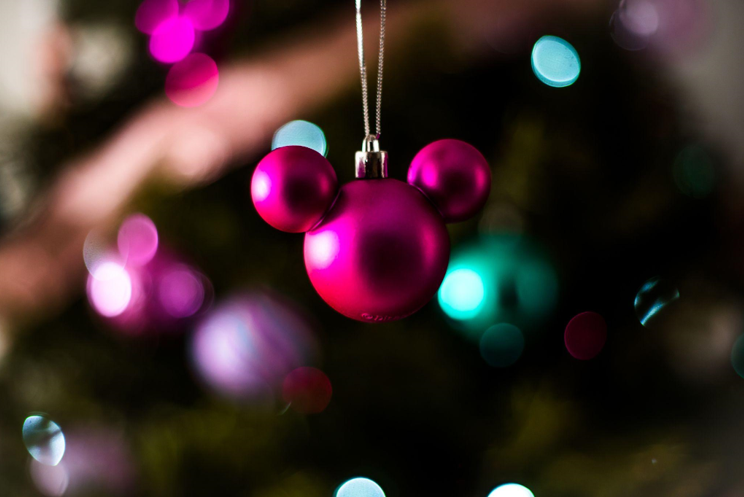A Brief History of Christmas Ornaments in the Middle East
The Middle East has a rich history of using ornaments to decorate homes during religious celebrations and festivals. For Christians living in the region, Christmas ornaments are a beloved part of their holiday traditions. These decorations come in various shapes and sizes, from delicate glass baubles to intricately woven ornaments made from palm leaves.
In the Middle East, the use of Christmas ornaments can be traced back to early Christian times. The region’s diverse cultural and artistic traditions inspired many of these ornaments, blending influences from the Mediterranean, Europe, and the Arab world.
The relationship between food, nature, and symbolism makes the Middle Eastern approach to ornaments unique. Food plays a significant role during Christmas in Middle Eastern traditions, with entire families gathering to prepare and share meals featuring traditional Mediterranean dishes. The cold springs of the region also hold special significance, as they represent purity and renewal.
The Symbolism of Christmas Ornaments
The symbolism of Christmas ornaments in the Middle East varies depending on the region and culture. For example, in some areas, ornaments that feature the three wise men are popular, while in others, the image of Mary and her baby is the centerpiece of decorating.
One of the most common themes in Middle Eastern Christmas ornaments is using bright, vibrant colors. These colors symbolize joy and happiness, and many ornaments are adorned with images of flowers and birds.
Another popular motif is the use of olive wood in ornament-making. Olive trees are prevalent in the Middle East and have great cultural and religious significance. In Christian tradition, the olive tree represents the message of peace.
For Christians in the Middle East, god plays a central role in the symbolism of Christmas ornaments. Many ornaments feature religious symbols such as crosses, stars, and angels, all representing different aspects of the Christian faith.
Conclusion:
In conclusion, the history and traditions of Christmas ornaments in the Middle East are fascinating and diverse. From the intricate designs and techniques used to create them to the symbolism and meanings behind them, these cherished decorations represent the religious and cultural traditions of the region.
As we enjoy the holiday season, let us take a moment to appreciate the rich history and traditions of Middle Eastern Christmas ornaments and the role that god, Mediterranean food, and cold springs play in their significance.
